This psychiatric hospital located in Colney Hatch, in what is today known as the London Borough of Barnet, is a hospital formerly known as Colney Hatch Lunatic Asylum. Its initial purpose was to serve as the second Middlesex County asylum.
The original plan was for the new asylum to be built near to the existing Middlesex County Asylum at Hanwell, just across from the Grand Union Canal. For this purpose, a large piece of land was bought, although this plan was never realized and so the present site was what they decided to go with.
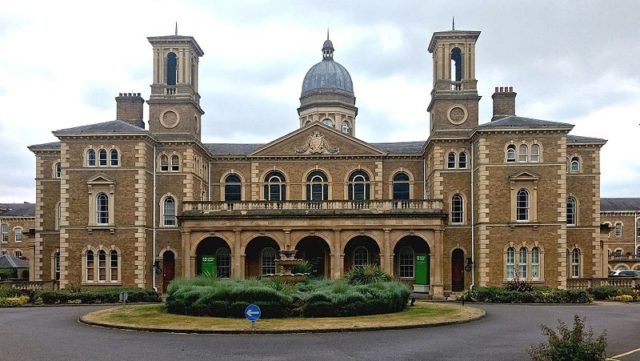
The architect chosen for this task was Samuel Daukes (an English architect, based in Gloucester and London), who created the Italianate corridor-plan design on the advice of the superintendent of the 1st Middlesex Asylum, John Conolly.
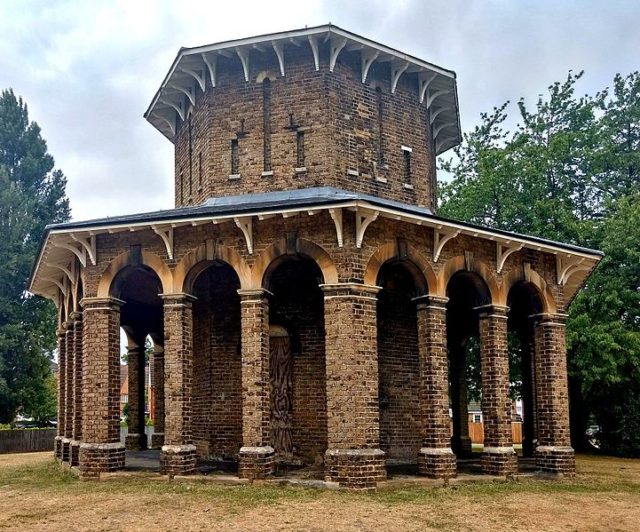
The foundation stone was laid in 1849 the Royal Consort, Prince Albert, and one year later the building was finished. The total cost for the construction was initially estimated at £150,000, but later the total sum climbed to as high as £300,000.
The construction costs made this asylum the most expensive asylum ever built, at an average of £240 per bed. The property upon which this hospital was built also included its own water supply, a chapel, cemetery, and a 75-acre farm estate. In addition, there was the gasworks, brewery, and an aviary where canaries were bred.
It was 17 July 1851, when Prince Albert officially opened this asylum that formally was referred to as the Second Middlesex County Asylum. The first medical superintendent they chose was Charles Hood (1824–1870).
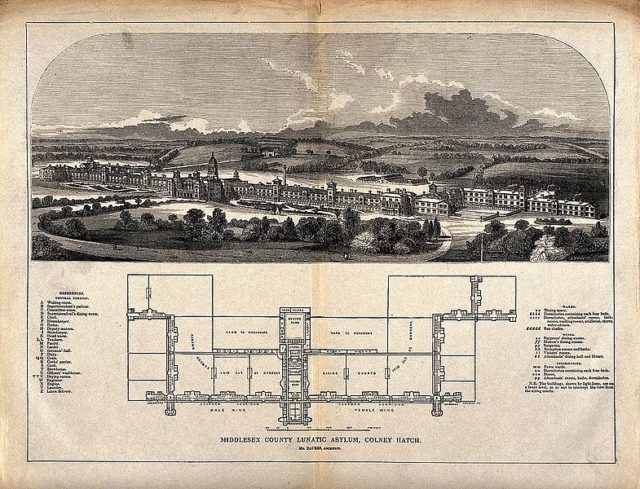
Years later in 1857, several extensions were added which allowed for the total number of patients to climb to as much as 2,000. By now some serious defects in construction became more than apparent. For example, in one of the wards, the walls and rafters separated and the arched ceiling gave way, while in another ward part of the ceiling collapsed.
A short time after that, it was realized that the roof was insufficient and that the foundations were insecure and so work took place to reinforce the building. Several more extensions were added over the years from 1875 to 1879 and only one year later the conditions of the patients became poor and unbearable.
Eight years later, in 1889 control of the asylum was transferred to the newly formed London County Council. In 1896, a temporary building was erected to house 320 chronic and infirm female patients in five dormitories.
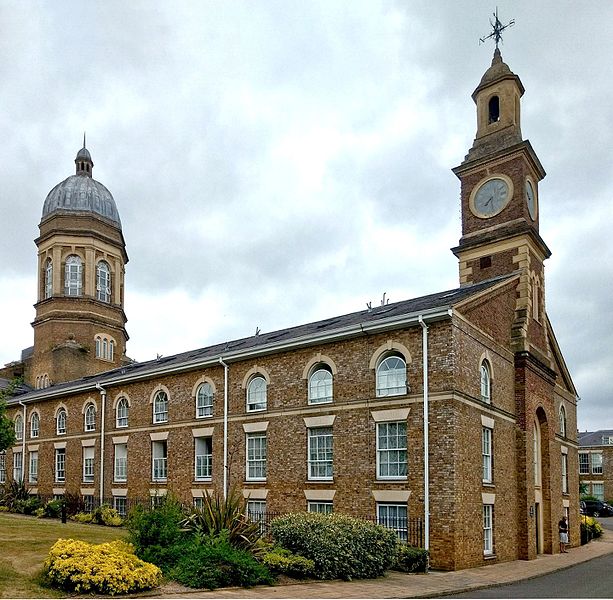
But unfortunately, this building was made of wood and in 1896 was destroyed by a fire which claimed 52 lives. In its place sometime, 1908 and 1913, seven new permanent brick villas were built: two for patients with tuberculosis or dysentery, four for the survivors of the fire, and one for subnormal boys with epilepsy or disturbed behavior.
Then in 1912, the disused carpenters’ shop and all of the stores by the railway were converted into even more additional accommodation for male patients and naturally more accommodation for the staff. By 1927 the staff at the hospital consisted of 9 full-time doctors, 494 nurses and 171 probationers.
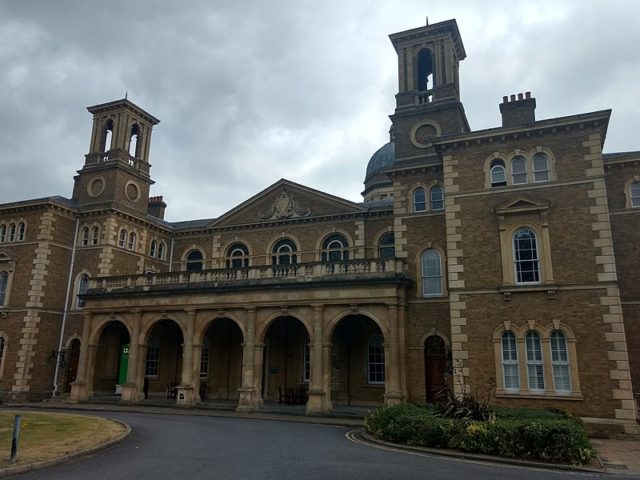
Three more years and the Mental Treatment Act came into force. This dictated that institutions caring for the mentally ill should no longer be called lunatic asylums, so the Second Middlesex County Asylum was renamed as Colney Hatch Mental Hospital. The name was changed once more, in 1937, to Friern Mental Hospital.
When the Second World War started to shake the earth’s very crust, twelve wards were requisitioned for use by the Emergency Medical Service. These twelve wards came treated approximately 900 civilian war casualties.
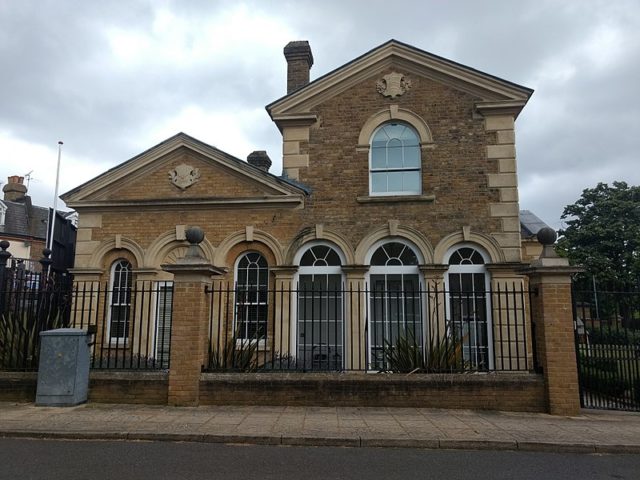
During this wretched war, five of the hospital’s villas were bombed and thirty-six patients and four nurses lost their lives. Near the end of the war, the hospital had more than 2,500 beds for mental patients and more than 700 Emergency Medical Service beds.
Once at its peak, the hospital started to slowly fall down. By the 1970s, the number of patients had been reduced to 1,500. Then in 1989, it was finally decided that the hospital was to be closed for good. Infamous inmates that were institutionalized at Friern Hospital include Jack the Ripper suspect Aaron Kosminski from 1891, and from 1911 the wife of occultist Aleister Crowley.
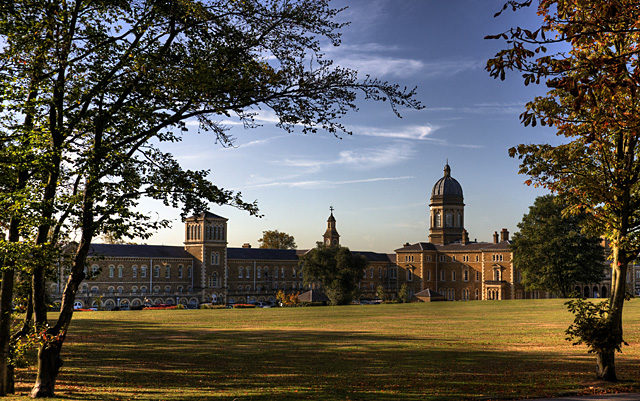
And so happened in 1993 when the hospital grounds were sold and the exclusive apartment complex called Princess Park Manor was built where members of the boy band One Direction among other popular pop stars own a luxury apartment.
